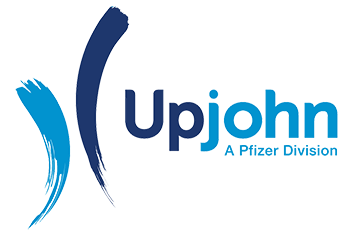
As Mylan’s vision grew, so did the company. In 1972, Milan changed its name to Mylan Laboratories as a way to highlight its technical expertise and to make it easier for investors to find the company at the end of the fine-print stock listings in newspapers after the first shares of Mylan stock began trading under the ticker symbol MYLN.
Relentless in its efforts to expand access, Mylan steadily grew its own product line and the number of customers it reached. In 1984, it broke new ground with the introduction of an antihypertensive called Maxzide®, making Mylan the first generics manufacturer in the world to patent a new drug. This milestone was the precursor of future research and development capabilities, which would help build one of the most robust pipelines in the industry.
The 1990s was spent strategically acquiring a number of companies to establish an even stronger presence in the pharmaceutical industry. In 1995, Mylan had the most dispensed line of pharmaceuticals in America, brand or generic.
Expanding Mylan's global presence
Mylan’s steady growth from 1976 to the early 2000s was achieved through a focus on enhancing operations and developing new medicines. In February 2002, Robert J. Coury was elected to the board of directors and became chief executive officer in September of that same year. Coury scaled the company virtually overnight from operating in a single country to reaching countries around the world by acquiring a majority stake in Matrix Laboratories and completing the acquisition of Merck KGaA’s generics business. Rajiv Malik joined the Mylan team at that time and was instrumental in securing many key partnerships for the company, displaying a unique ability for identifying scientifically strong, operationally sound and commercially robust collaborators.
In 2011, Mylan celebrated its golden anniversary. A year later, the company would make history again, naming Heather Bresch as chief executive officer – the first woman to run a Fortune 500 pharmaceutical company. Bresch began her career at Mylan in 1992 and held roles of increasing responsibility in more than 15 functional areas, uniquely positioning her to take Mylan to the next level.
The year Bresch was named chief executive officer, Mylan led the way with industry partners to advocate for the 2012 Generic Drug User Fee Act (GDUFA), which increased the FDA’s ability to perform critical program functions and created quicker access to medicines for patients as well as passage of the FDA Safety and Innovation Act of 2012, which updated a 1938 U.S. law to hold all pharmaceutical manufacturers to the same high quality standards regardless of whether abroad or in the U.S.
While leading the company, Bresch instilled not only disciplined global processes, infrastructure and diversification following Mylan’s transformative acquisitions but also a future-focused strategy.
Much of the decade saw Mylan continuing its evolution while growing its commitment to patients in countries large and small, and across multiple product lines and capabilities. During this time, Mylan became well known for its expertise in smoothly integrating acquisitions, including the 2015 purchase of Abbott’s branded specialty and generics lines in the world’s developed markets, Renaissance and Meda in 2016 and Apicore in 2017, all of which expanded Mylan’s portfolio and capabilities in manufacturing, R&D and active pharmaceutical ingredients (API).
Viatris is the culmination of Mylan’s strategic efforts to increase scale in all areas – geographic reach, R&D, manufacturing, API, combined product portfolio and global commercial footprint.




